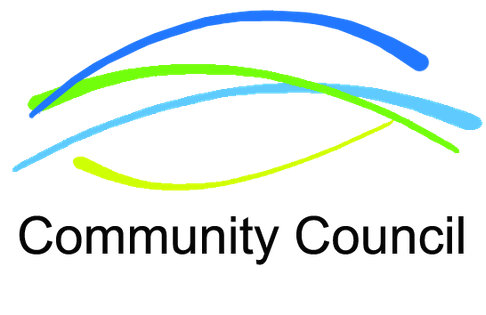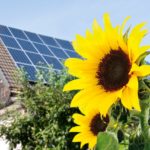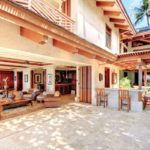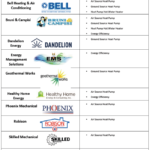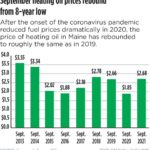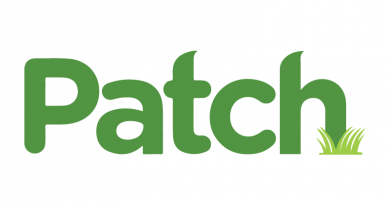Other views | The most affordable homes are the homes that already exist – East Oregonian
Energy Disrupter
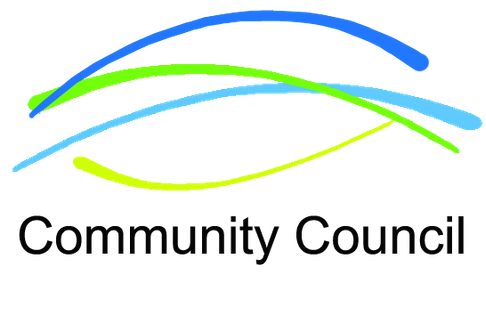
The COVID-19 pandemic shows us just how important it is for everyone to have a safe home where they can shelter in place. However, building new homes is time-consuming and expensive. Newly constructed homes are priced out of reach for many home buyers in our region. A more cost-effective way to provide affordable homes is to invest in those that already exist.
In 2018 and 2019, Community Council facilitated a community-led study on affordable housing in our region — Columbia and Walla Walla counties and Milton-Freewater. The study found that there are few rental units available in our area. For example, the vacancy rate for studio and one-bedroom apartments in Walla Walla County was 0.5% — among the lowest in Washington state.
The study also found that rent and home prices were increasing faster than incomes. Before the COVID pandemic and economic crisis hit, more than 40% of households in our region that paid rent or a mortgage lived in homes they could not afford. According to the Department of Housing and Urban Development, a home is affordable when housing costs do not exceed 30% of pretax income.
When housing costs exceed 30% of a household’s income, people often have to make difficult choices — a safe place to live or healthy food? Medical care or winter coats for their children? Quality child care or transportation to work? Unaffordable mortgage payments make major home repairs, such as new roofs, furnaces, water heaters, storm doors and additional insulation, especially difficult to afford. Such repairs and upgrades are all things that can bring utility costs down and make homes more comfortable, healthy, energy efficient and affordable.
With COVID-19, tenants who have low incomes or have become unemployed or underemployed may not be able to pay their rent right now. Some landlords, in turn, may not be able to afford repairs or keep up with mortgage payments. Yet, putting off repairs can often create larger, more expensive problems in the future. Homes can fall into disrepair and eventually become uninhabitable. This could result in fewer housing units available, making our housing crisis even worse.
A number of local programs and organizations can provide advice and funding to repair and weatherize homes. Weatherization is maintenance and modification work that increases a home’s energy efficiency and protection from the weather, like wind, heat and cold.
For the Milton-Freewater area, the Community Action Program of East-Central Oregon administers similar weatherization and energy-efficiency programs. Both agencies serve low-income, homeowner-occupied homes. Their services are typically provided at no cost to qualified homeowners. Some rental units may also qualify. Typical improvements include additional insulation, minor home repairs and heating system repair or replacement.
The Sustainable Living Center administers the Community Energy Efficiency Program in Columbia and Walla Walla counties for households that do not qualify for Blue Mountain Action Council’s services. After conducting a low-cost Home Energy Audit, it makes prioritized recommendations for actions that households and landlords can take to save energy and money.
The program offers financial assistance covering up to 50% of the total job cost for recommended upgrades, such as attic insulation, air duct sealing and insulating, energy-efficient windows and high-efficiency heating equipment. Often overlooked, utility rebates are also a great resource, and some utilities allow homeowners to pay for upgrades over time with low interest.
One Walla Walla neighborhood — the Washington Park neighborhood — is an example of how investing in homes can strengthen communities. New homes, rehabilitation of senior apartments, improvements in park amenities, and outreach and education programs have helped bolster the community. Neighborhood homeowners have invested in their properties.
With assistance from Commitment to Community, Walla Walla Community Development Block Grant program, Blue Mountain Action Council, Walla Walla Housing Authority and private investment, the neighborhood is gradually repairing and improving distressed homes so families can continue to live in them for years to come.
As the Community Council Affordable Housing Study learned, the most affordable housing is the housing that already exists. With weatherization and repair investments in existing homes, we will increase the number of homes that are affordable in our community.
For information about Community Council’s affordable housing work, contact Rachel at relfenbein@wwcommunitycouncil.org.

